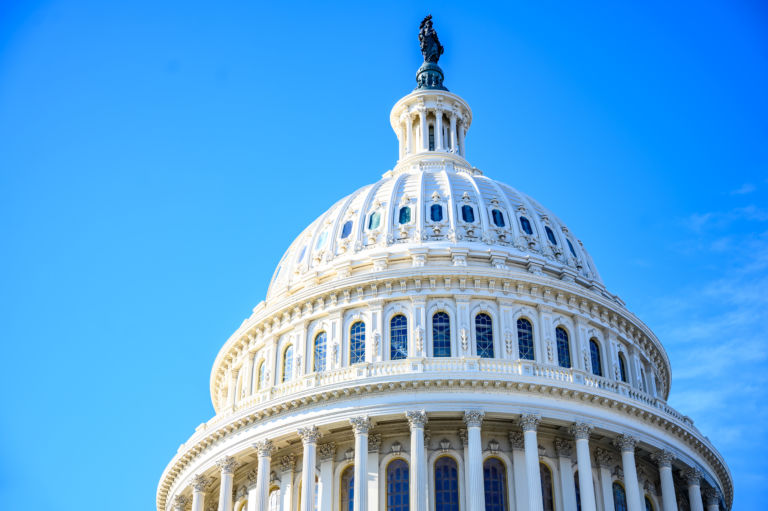Andrew Stuttaford of National Review Online explores bad news surrounding the federal debt.
If you have had quite enough seasonal cheer for now, I’d like to recommend Brian Riedl’s latest paper for the Manhattan Institute (How Higher Interest Rates Could Push Washington Toward a Federal Debt Crisis) as an antidote to all that.
Gloom about a coming national debt crunch is nothing new, and yet here we still are. Nevertheless the formidable case that Riedl has put together (and the numbers he has used to back it up) is yet another reminder of the scale of the gamble that is being taken with the country’s finances and, by not much of an extension, its future. Math is math. Hope is hope. I know which I think is the better guide to what’s coming.
Here are some of Riedl’s numbers:
“Economists have asserted that fiscal consolidation is unnecessary because Washington’s current debt level of 100% of GDP has not proved unaffordable or economically damaging. Leading economists have asserted that expensive new fiscal expansions are justified until the debt reaches 150% of GDP. Yet this framework fails to take into account that Washington is already projected by the Congressional Budget Office (CBO) to run $112 trillion in additional baseline deficits over the next three decades, which will push the debt past 200% of GDP. At that point, annual deficits are projected to top 13% of the economy (the equivalent of nearly $3 trillion today), and interest payments on the debt would be the largest federal expenditure, consuming nearly half of all tax revenues.”
And that is before taking President Biden’s next round of budget proposals (which will presumably see the light of day at some point) into account. …
… At this point, I’m busy trying to choose between noose, poison, and razor blade, and so I’ll leave you to turn to the full report to learn more. …


